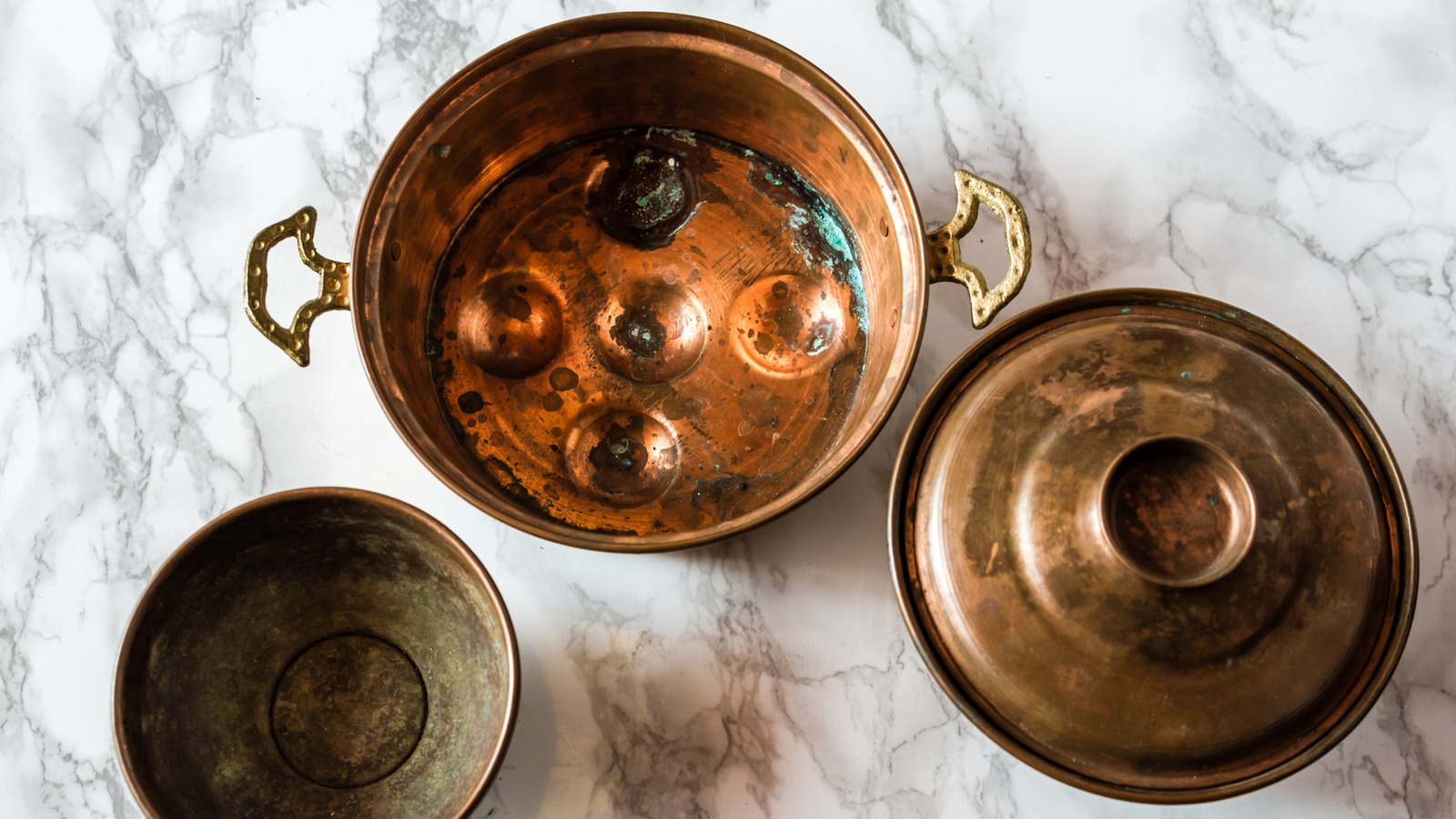
"Patina is the natural color and texture that develops when metal reacts gently over time with heat, oils, and air. It's the visual evidence of the oxidation and seasoning process that protects your pan from rust, reduces sticking, and imparts a subtle complexity to the dishes you create."
"Recognizing the difference between patina and damage is crucial, as patina preserves and enhances, while damage diminishes. Copper's blush of greenish patina can be aesthetically pleasing and protective, and cast iron's silky black sheen indicates a well-seasoned surface."
Patina on cookware develops as metal reacts with heat, oils, and air, providing a protective layer that enhances cooking and prevents rust. In contrast, tarnish and rust signify damage that can harm the cookware's lifespan. Proper care means maintaining the beneficial characteristics of patina, such as copper's greenish hue, and cast iron’s smooth black finish, while recognizing signs of harmful corrosion. Cleaning requires caution to nurture the pan's surface instead of scrubbing away its protective aging.
Read at Tasting Table
Unable to calculate read time
Collection
[
|
...
]